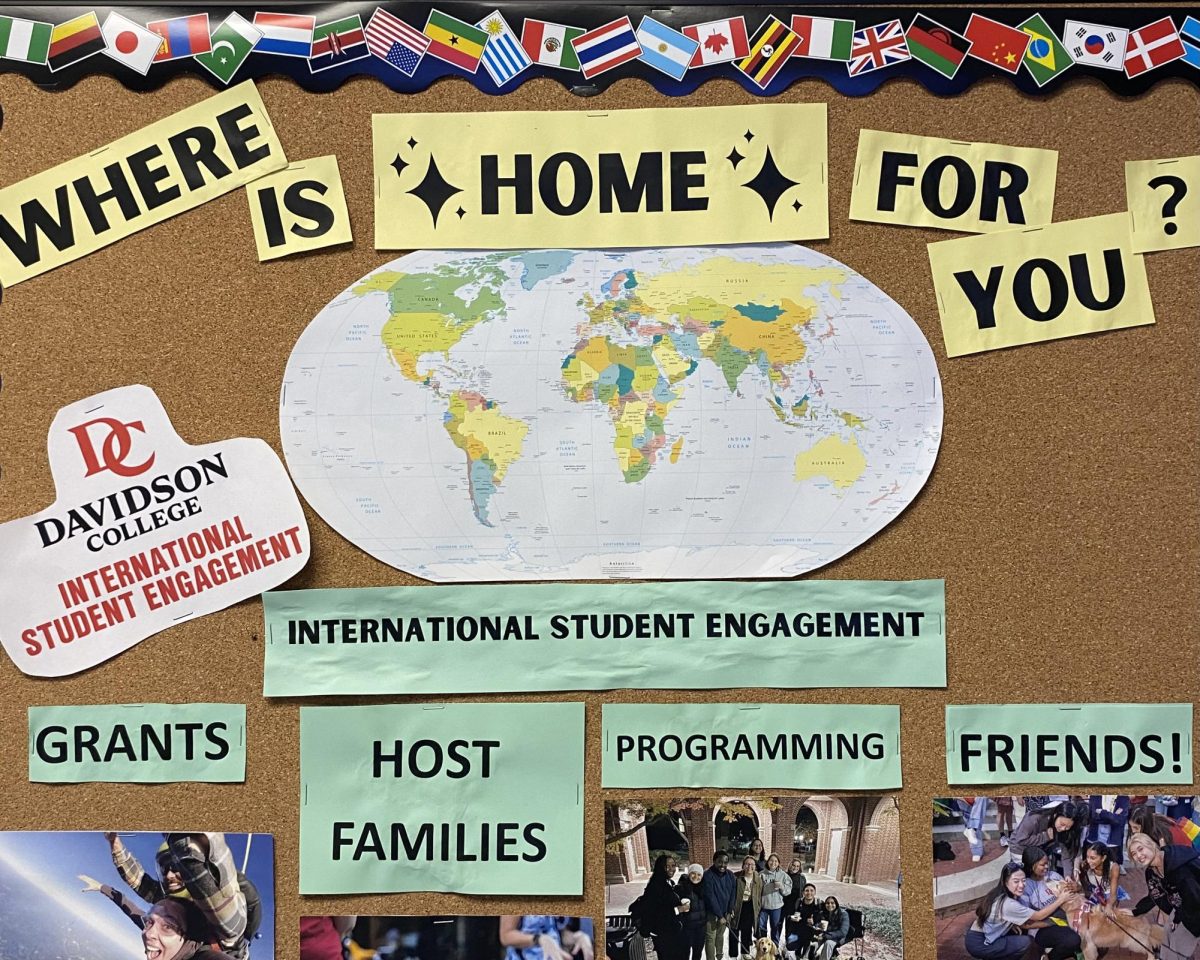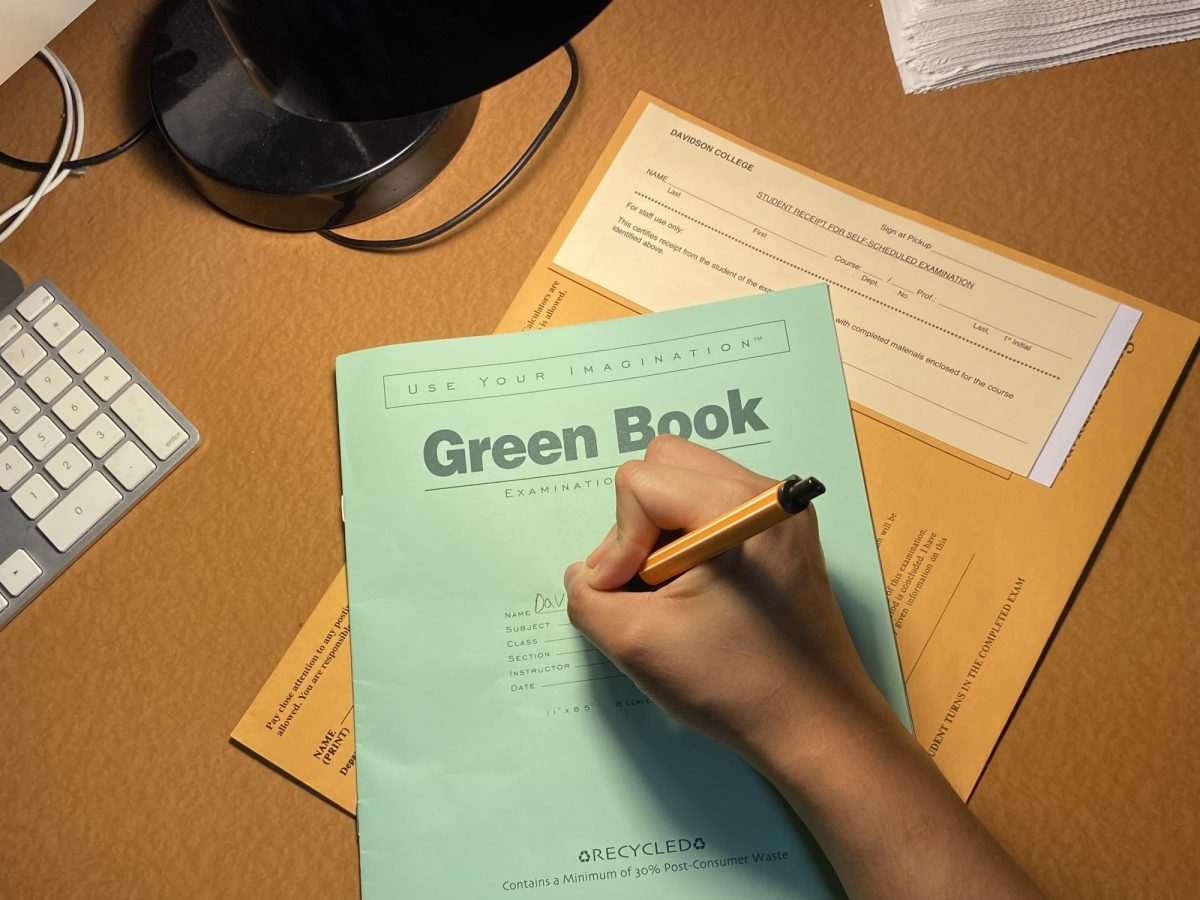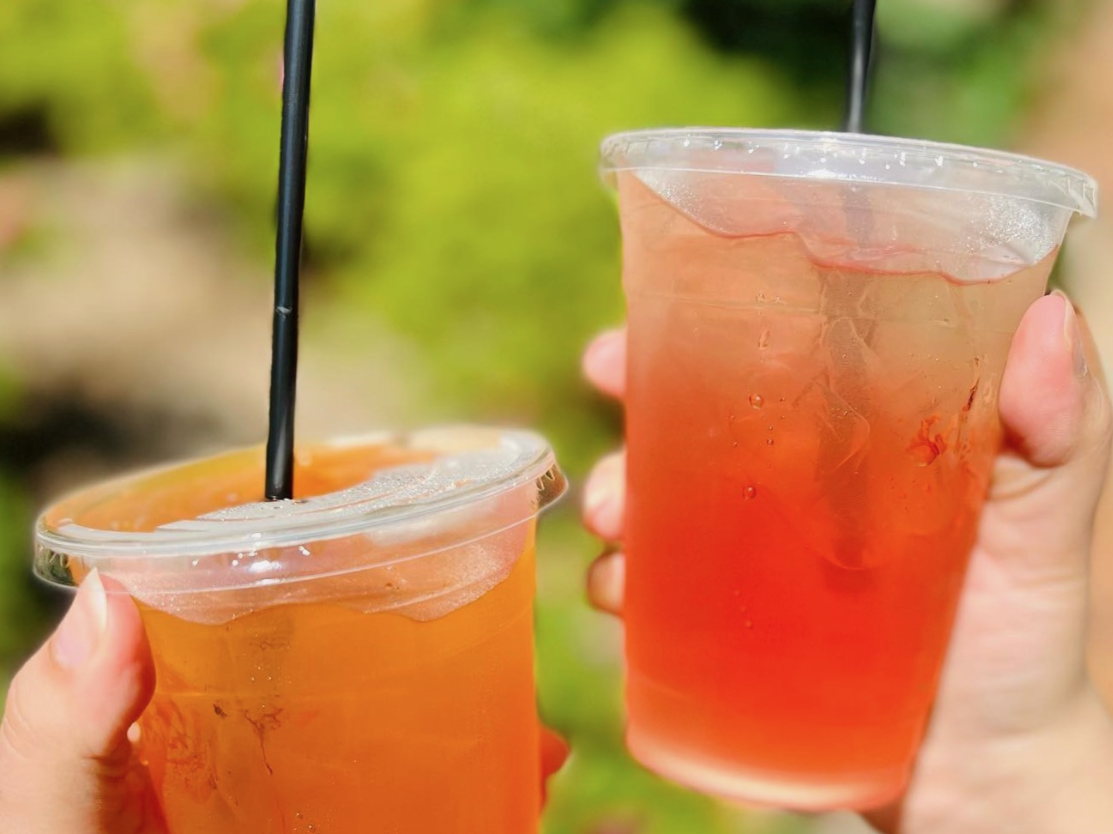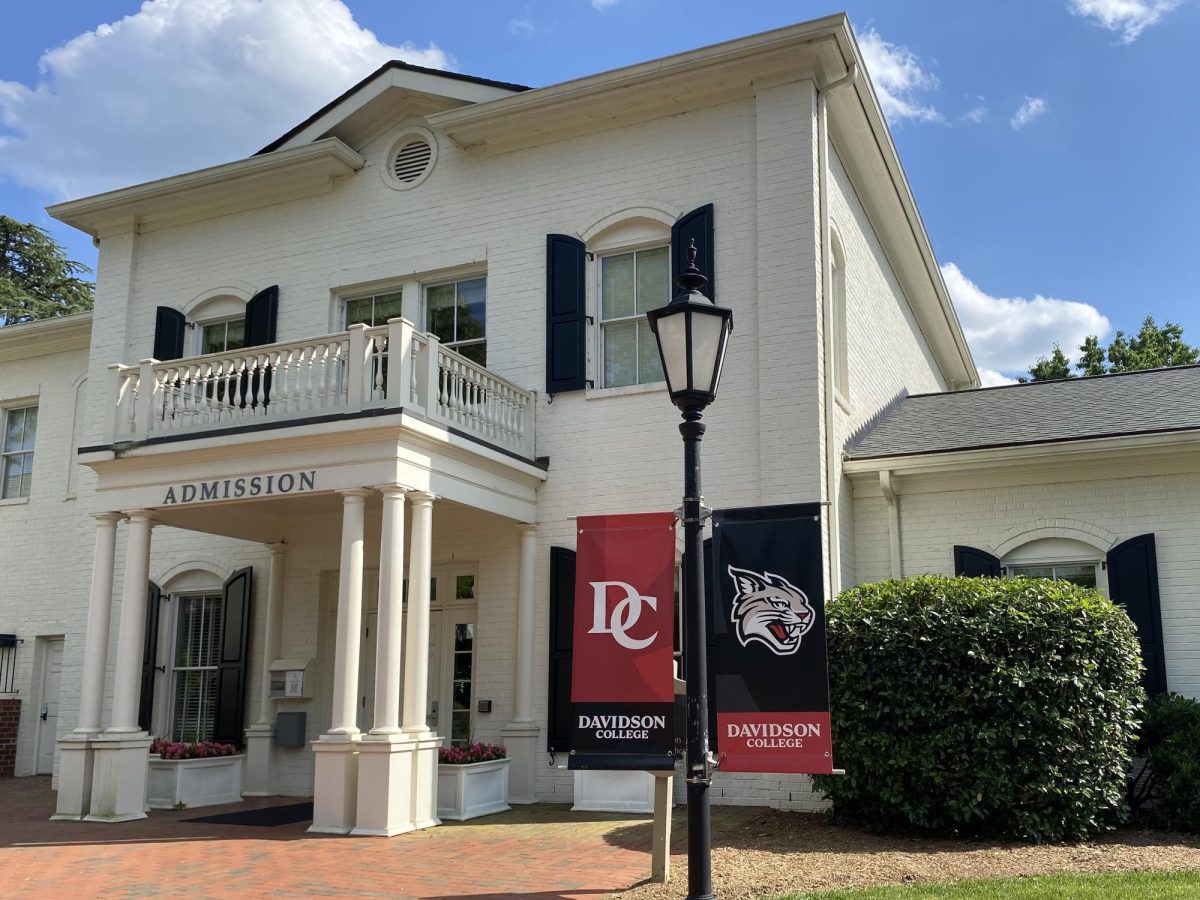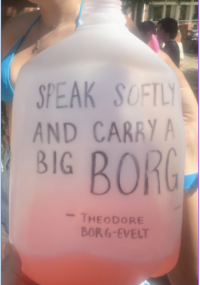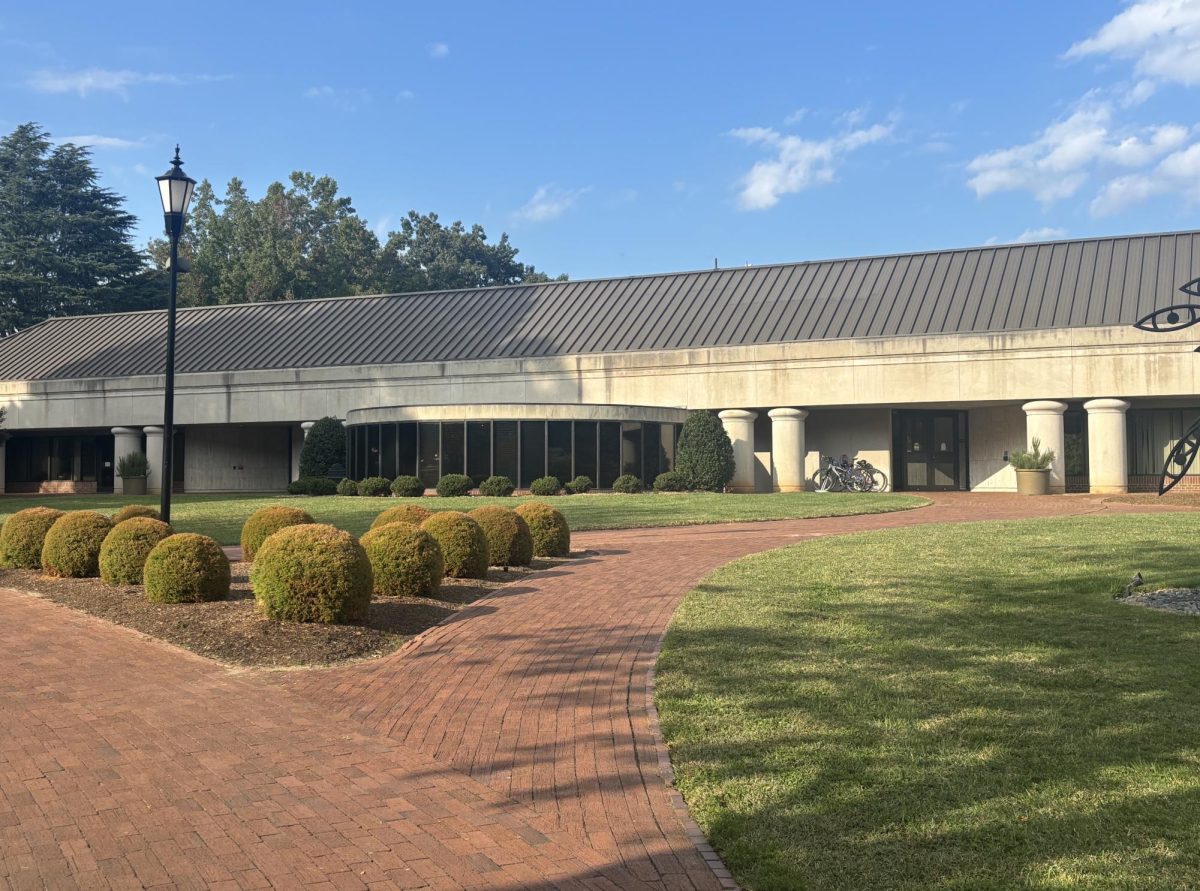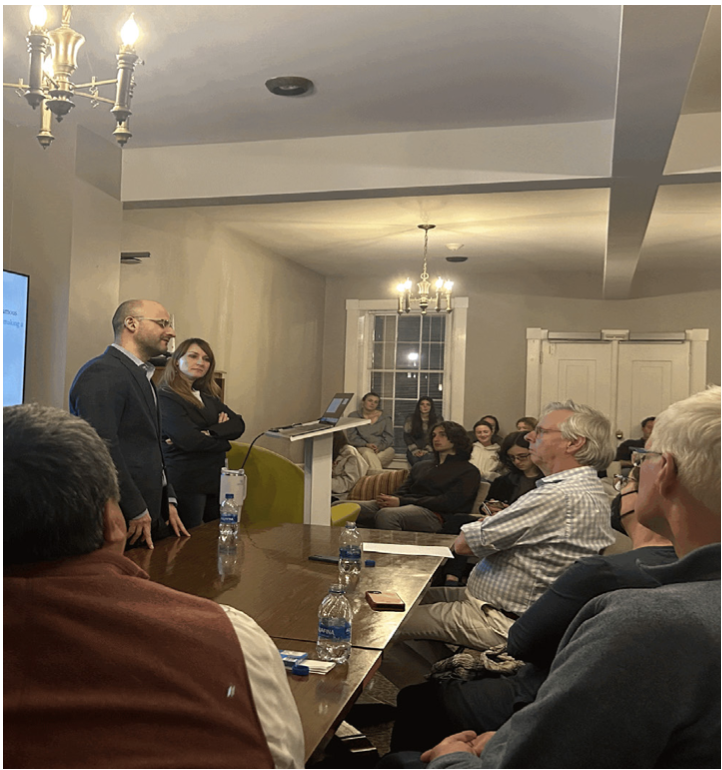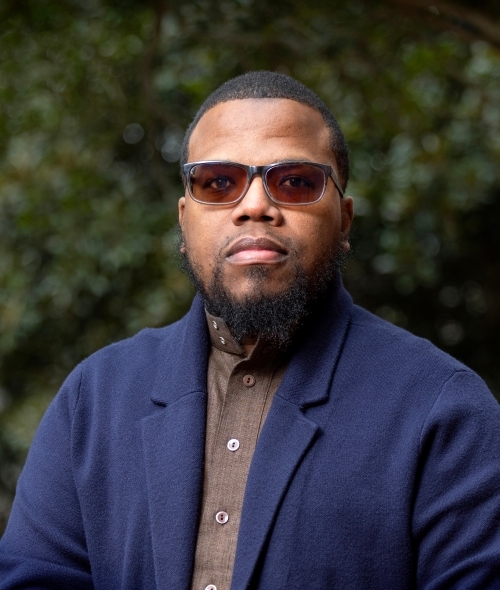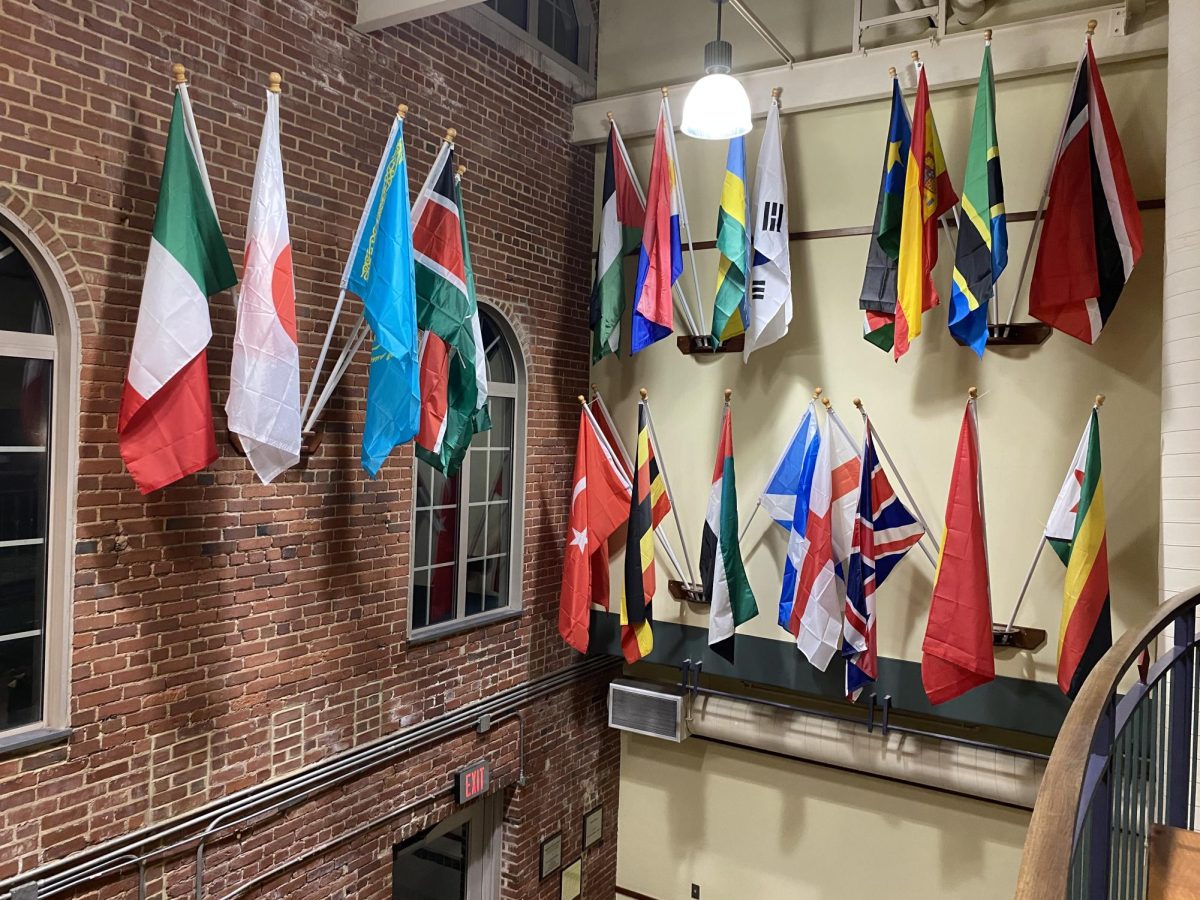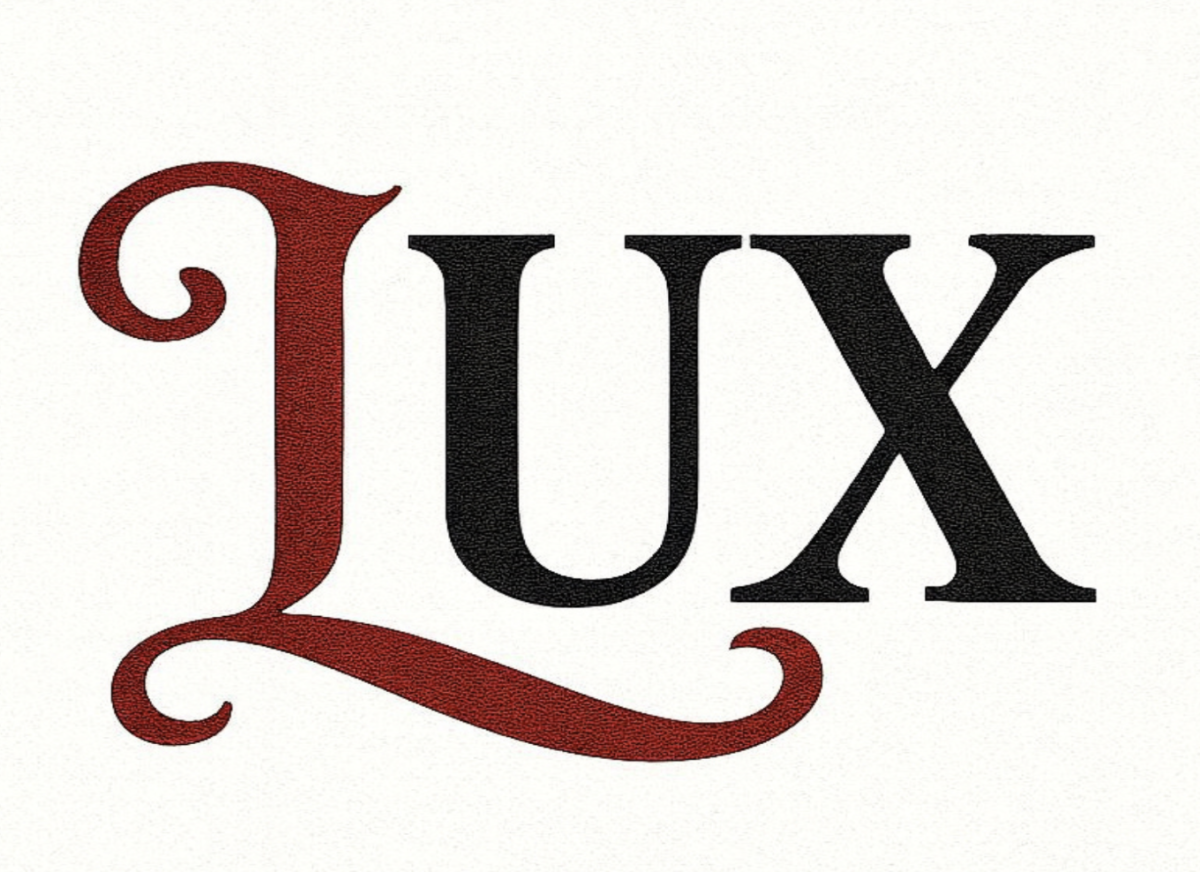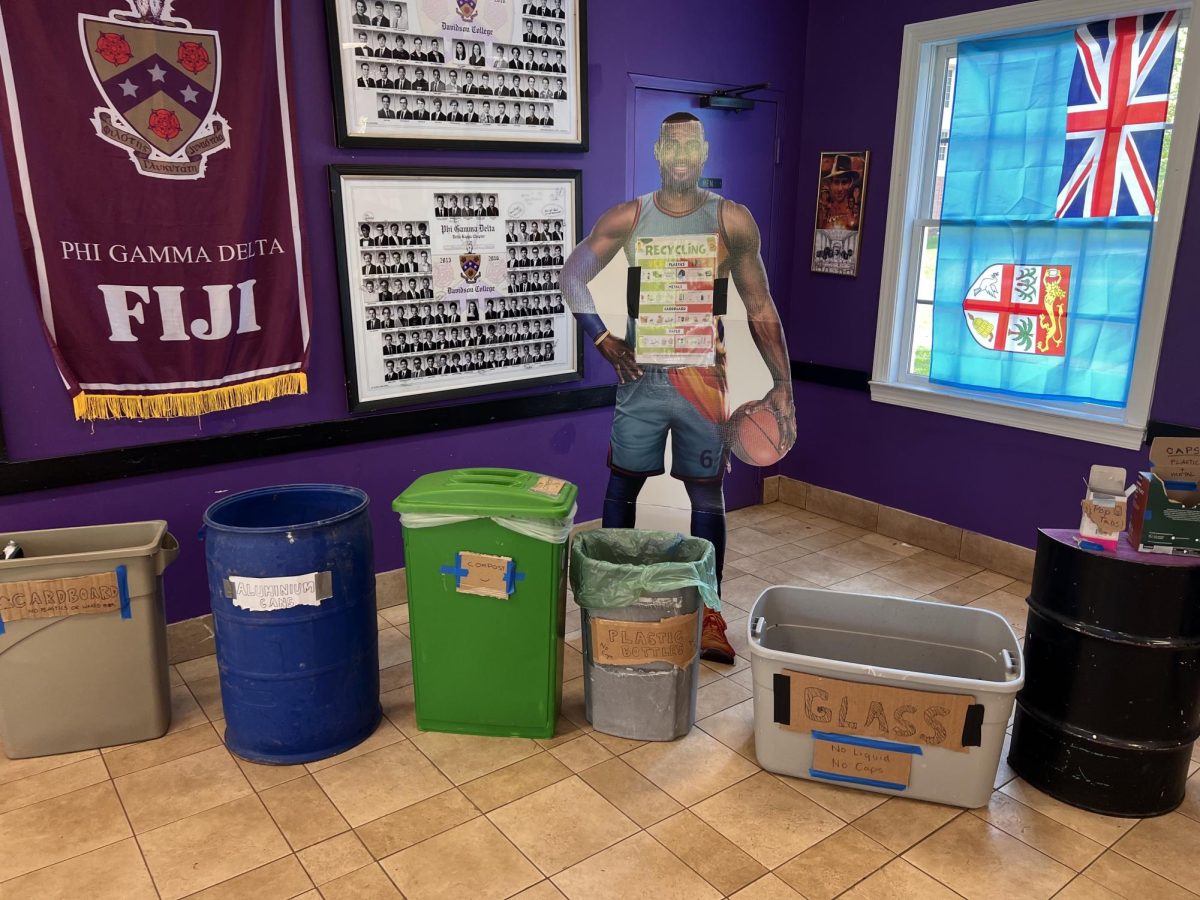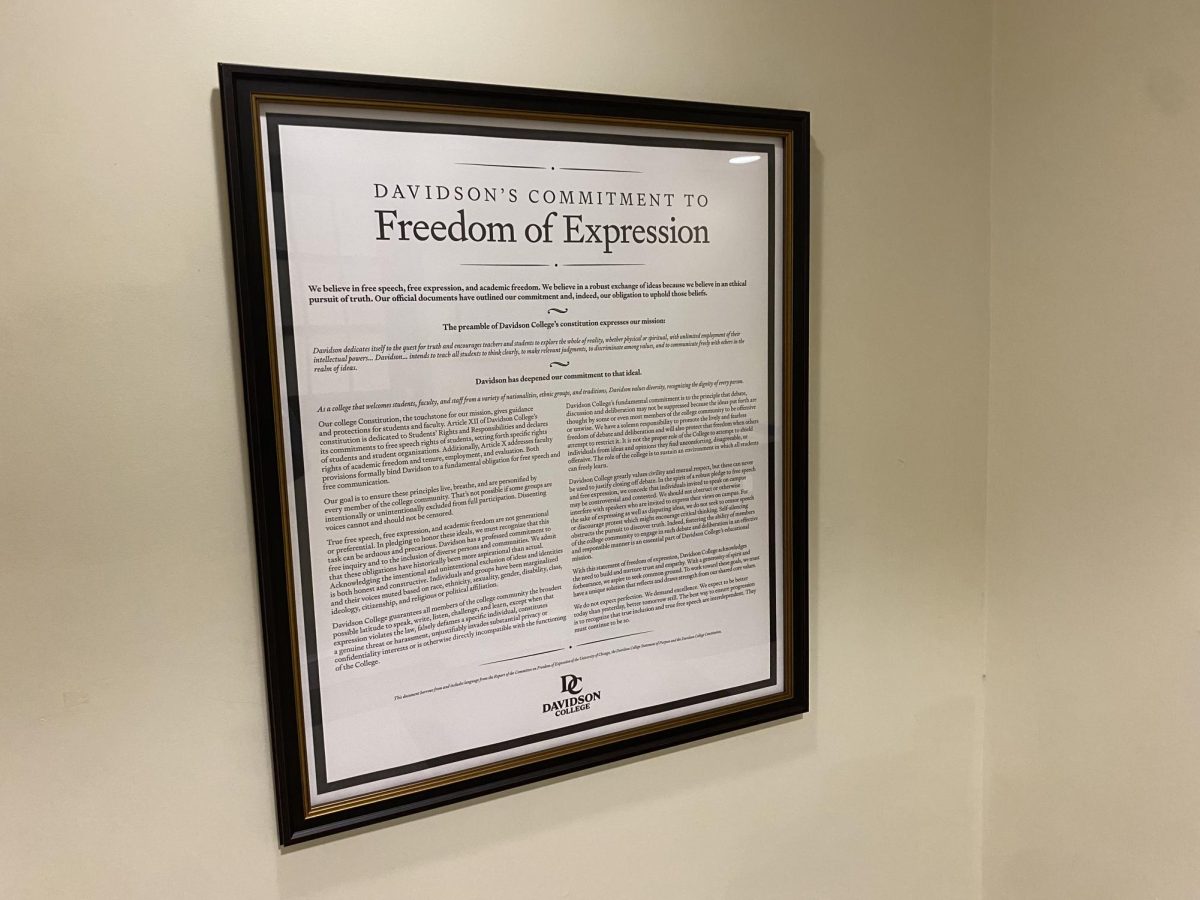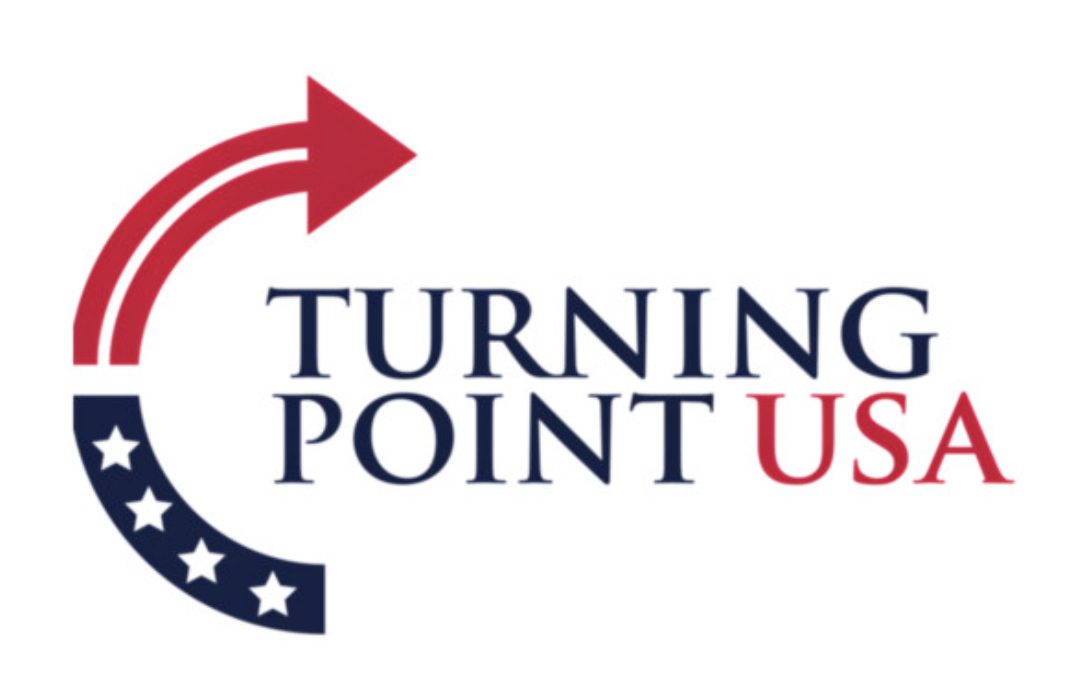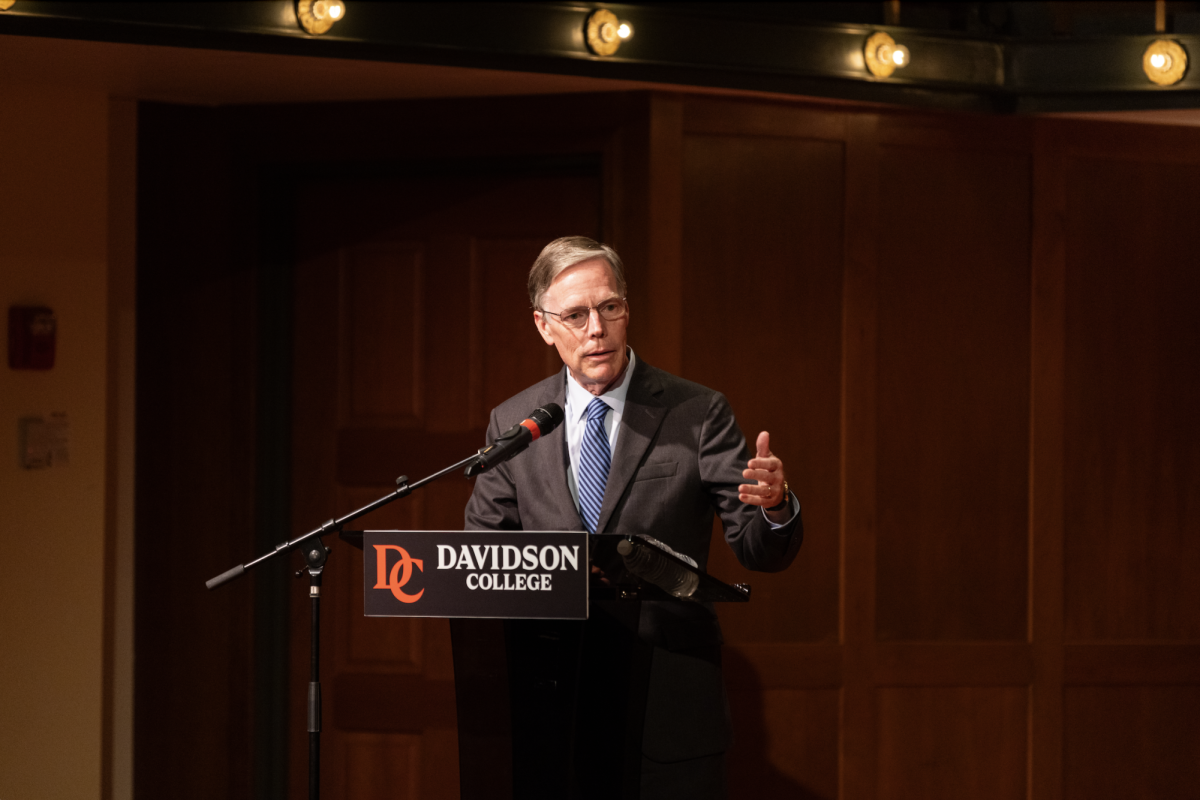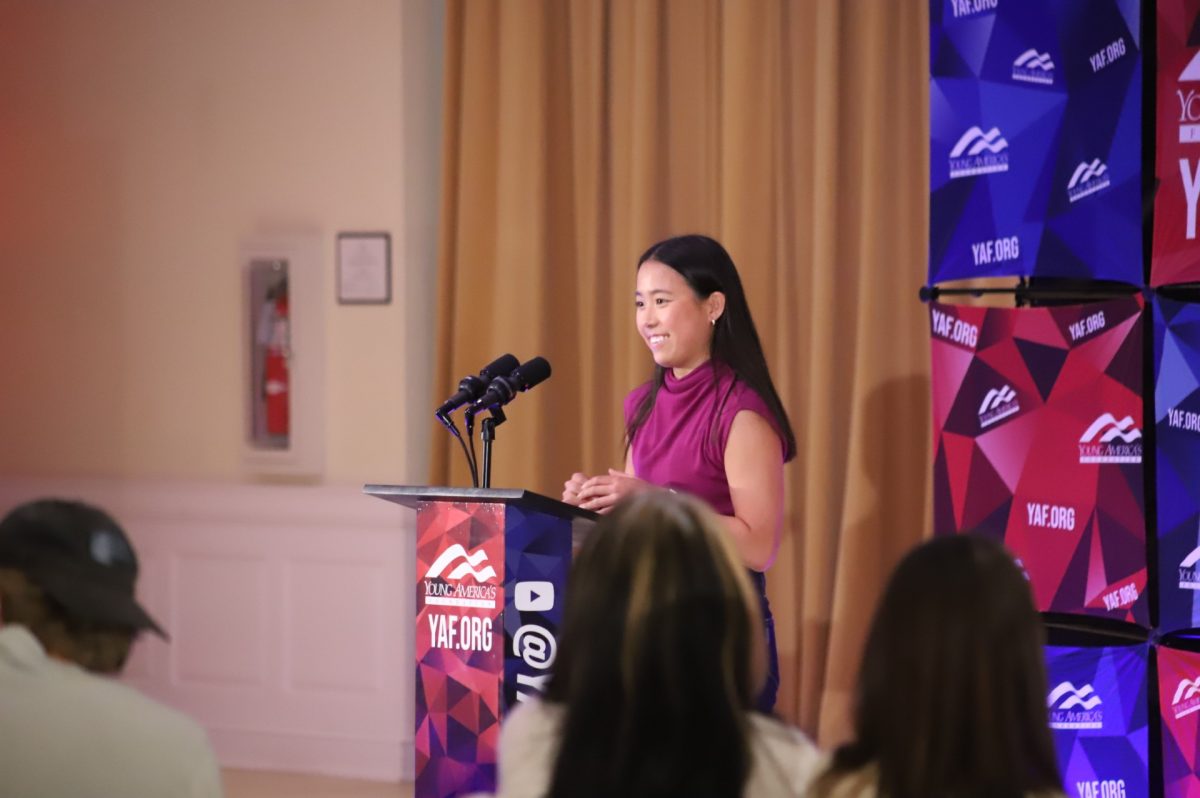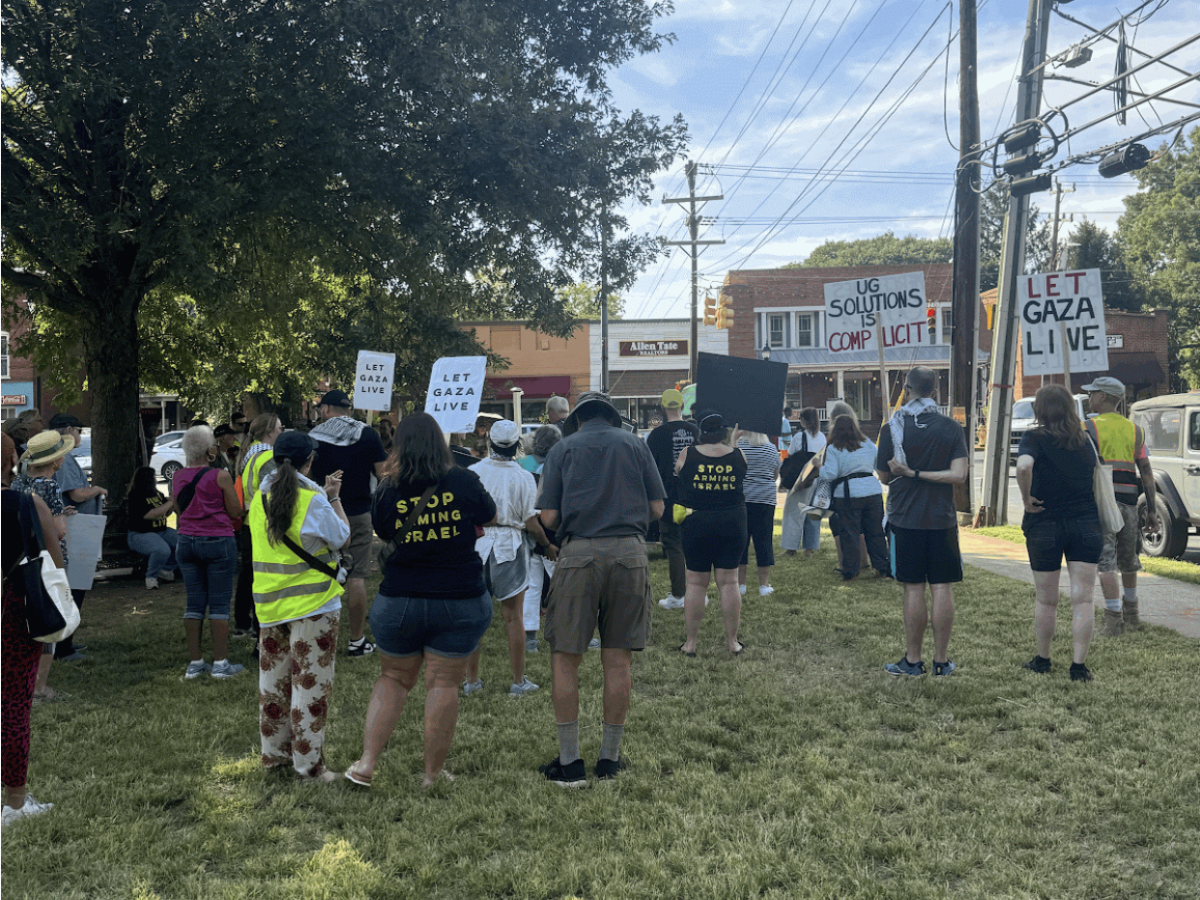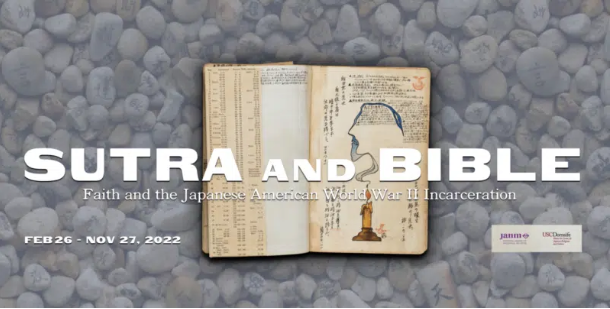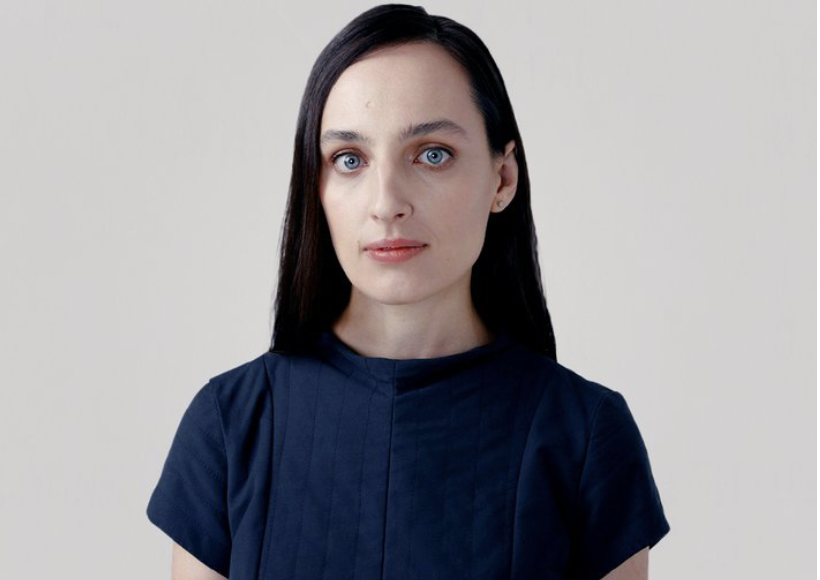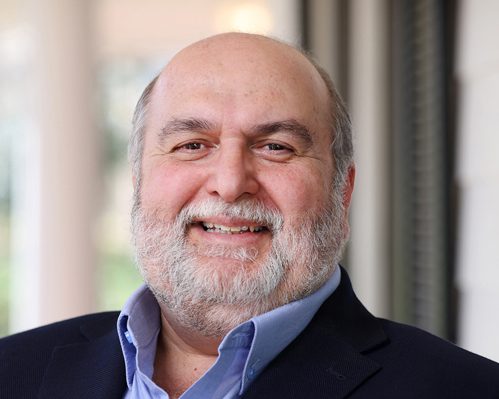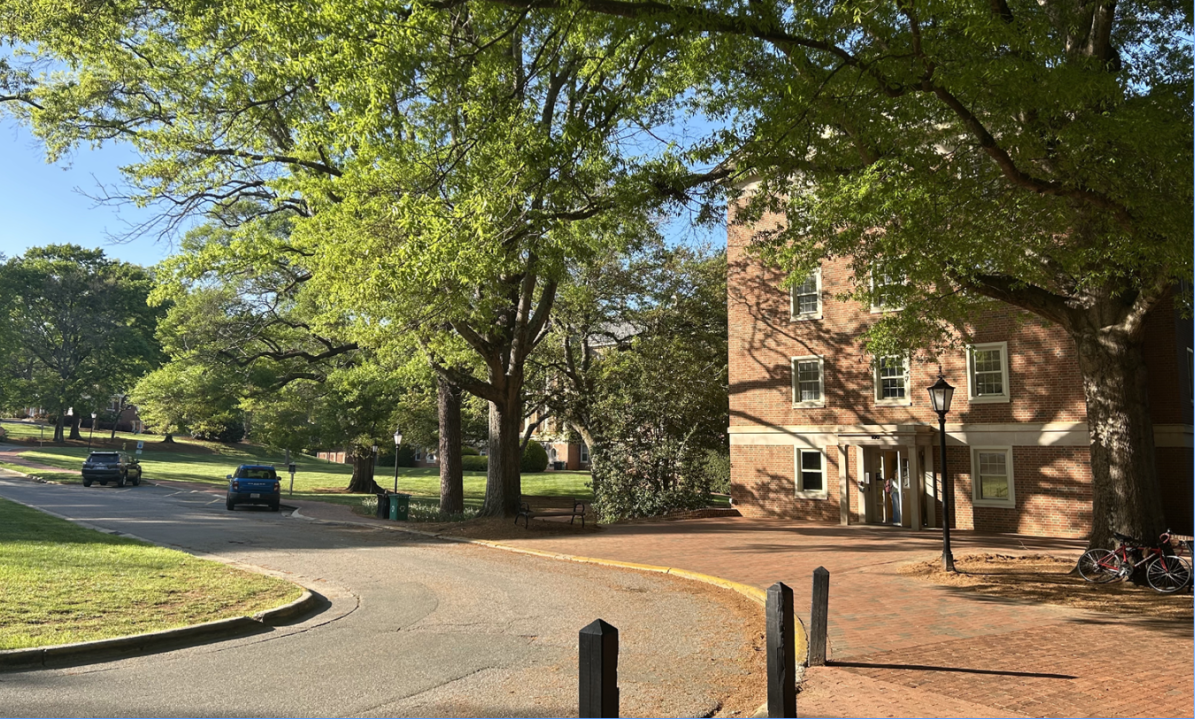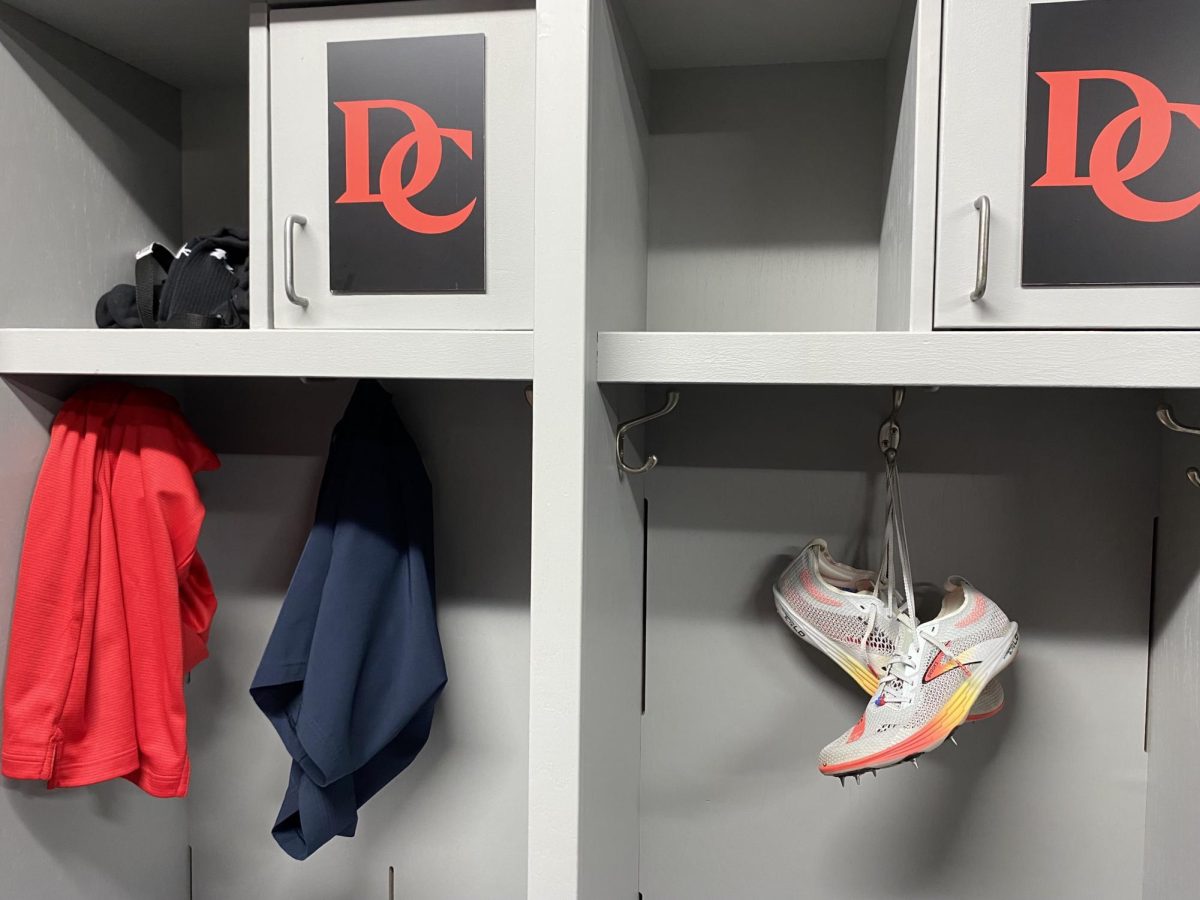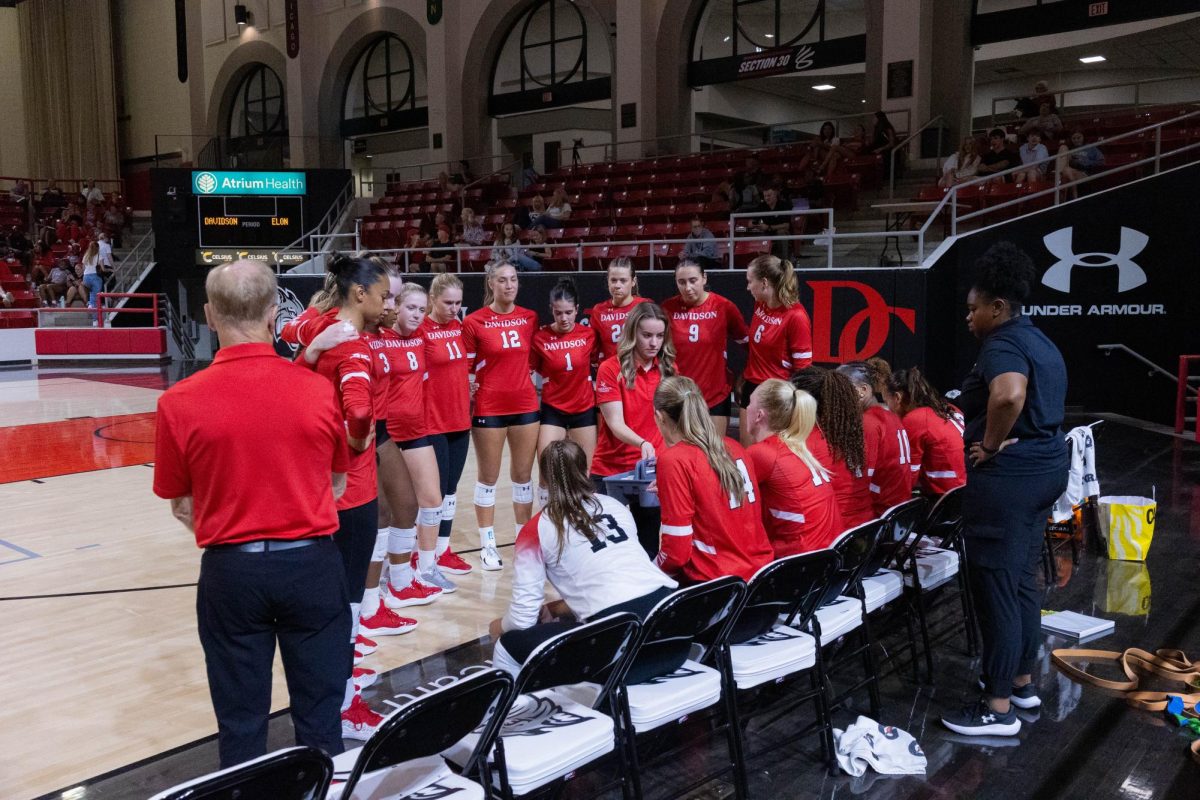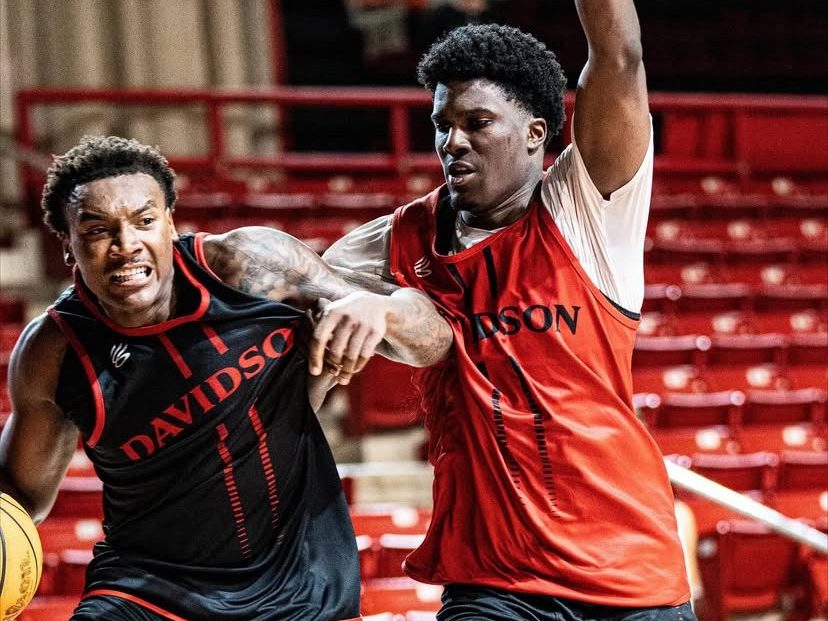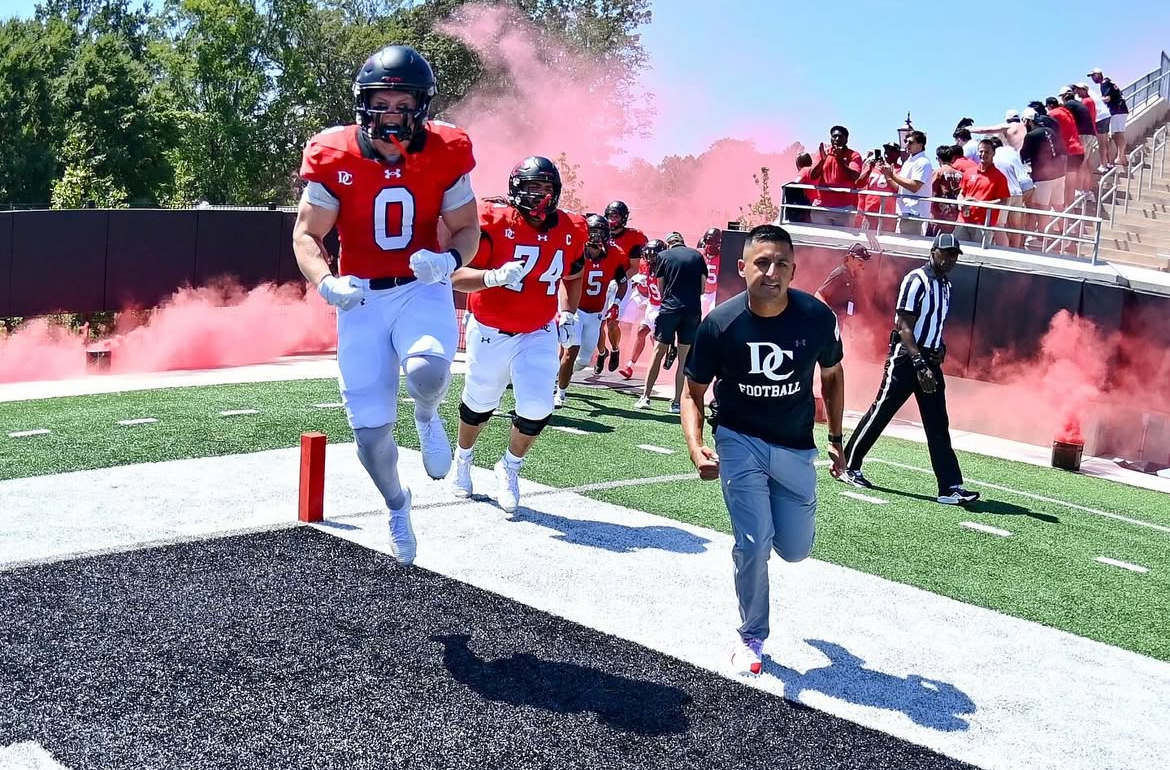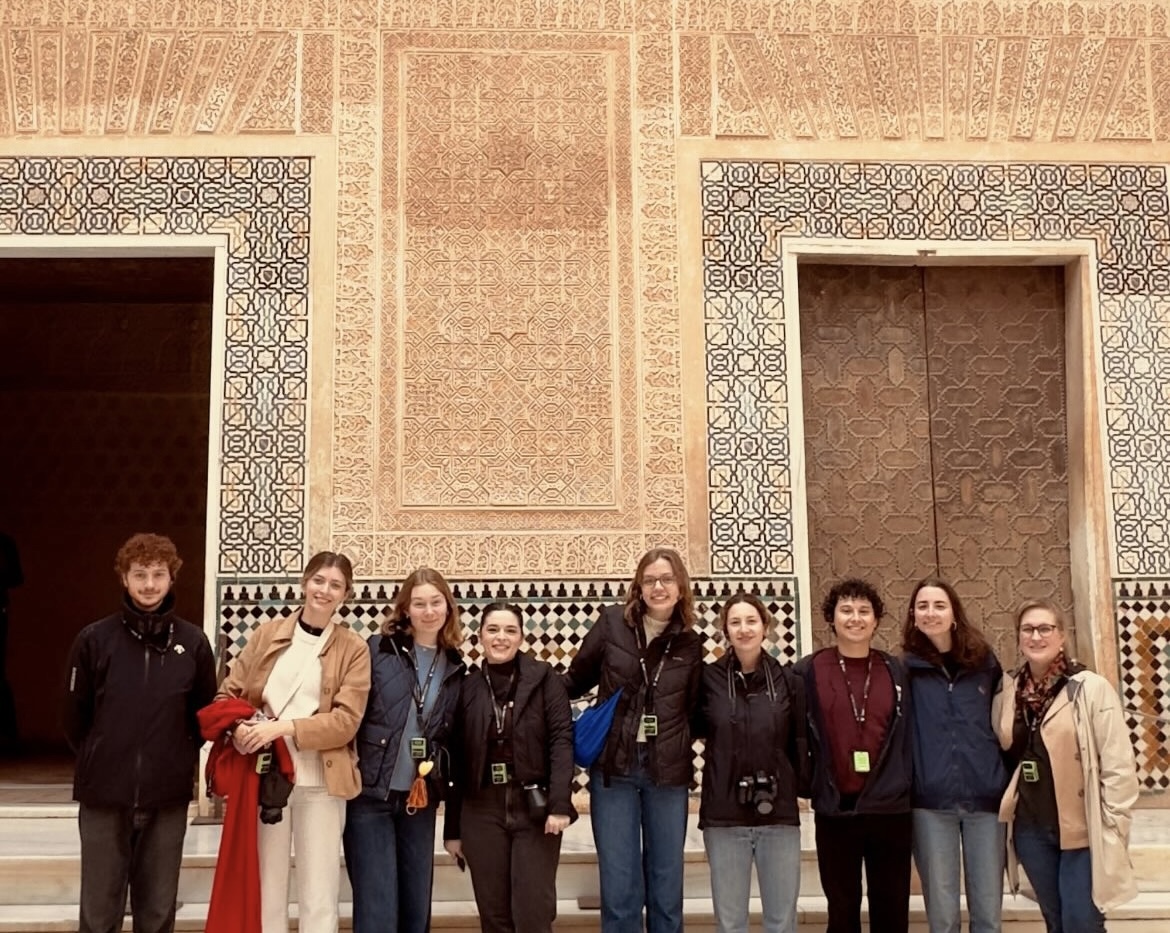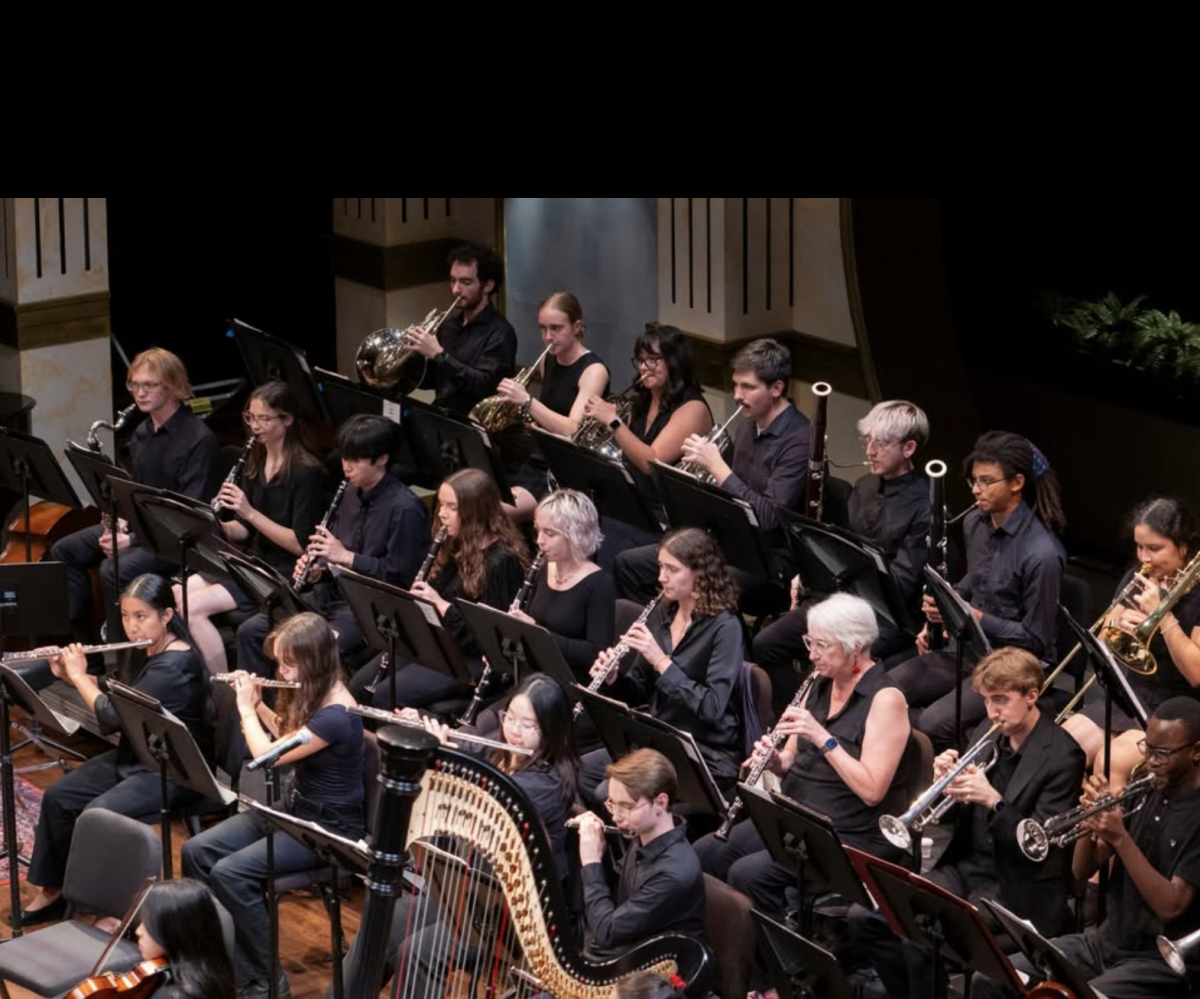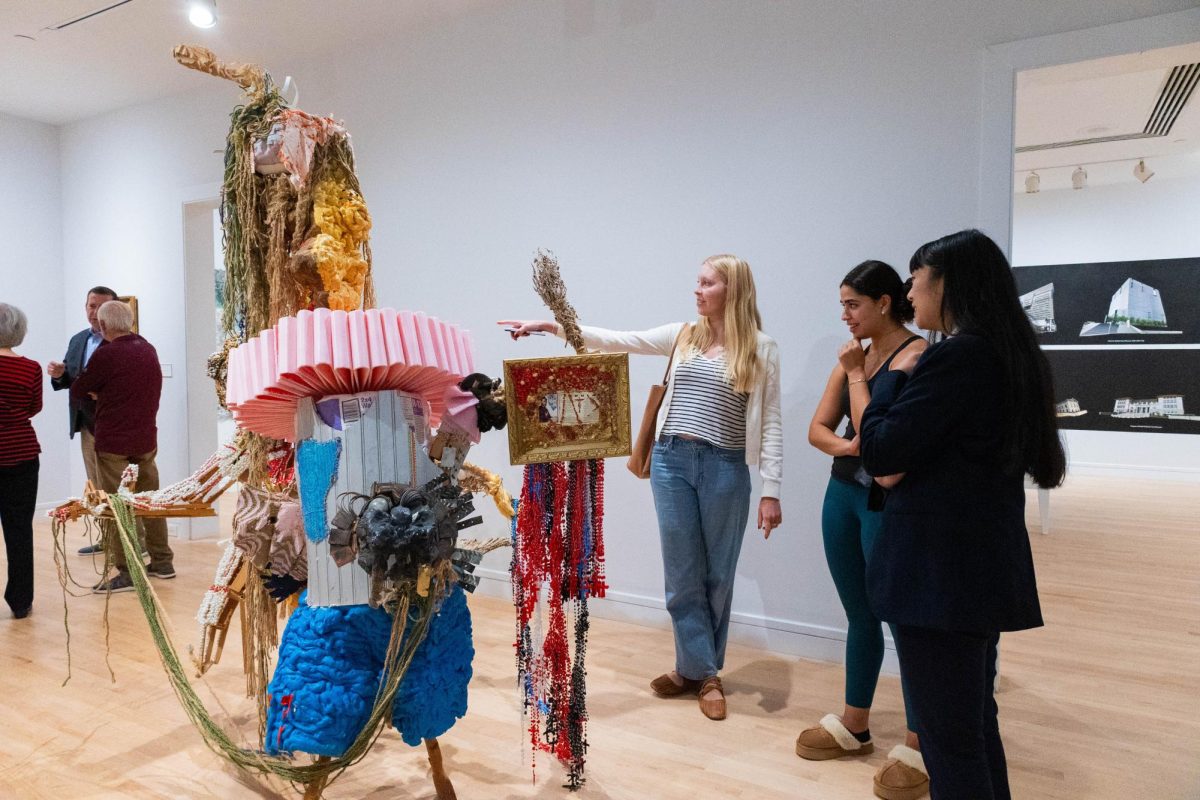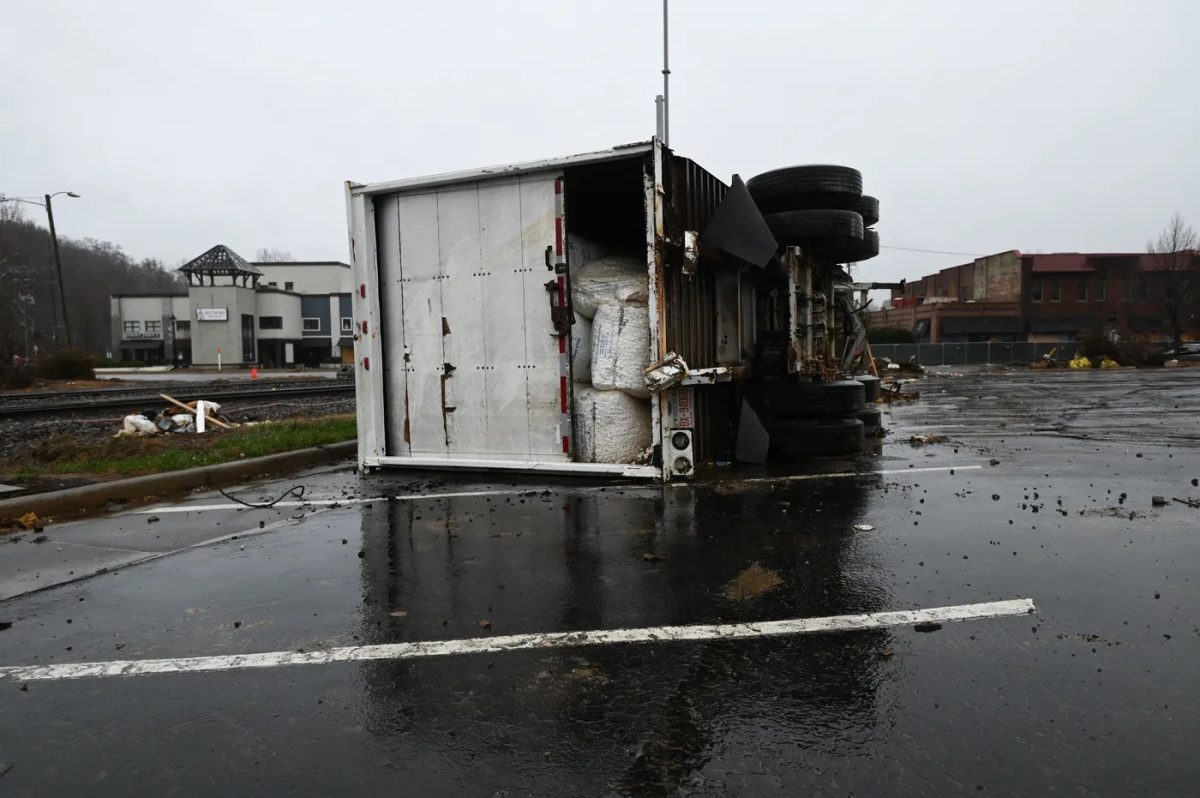Months after infamously berating President Zelensky during his time at the White House in February, President Trump pulled a complete 180 on his Ukraine policy at the UN General Assembly by announcing his support for the recapture of all lost Ukrainian territories, including Crimea. Moreover, at a recent state visit to the United Kingdom, President Trump lamented that Putin had “really let [him] down” with regard to a peace settlement that would end the war in Ukraine. Although their summit in Anchorage was highly anticipated and reportedly went well, the war continues with no clear end in sight, even as President Trump promised on the campaign trail that he’d have it concluded in less than 24 hours.
But aren’t Trump and Putin supposed to be best buds? Why haven’t they been able to work something out? The reality is that their relationship is far less amicable than the mainstream media makes it out to be. Although they appear to be friendly toward one another at all the press conferences, beneath the surface, the evidence does not really suggest that they are friends.
I understand that my claim is a controversial one, but it isn’t one without merit. If we rewind back to Trump’s victory in 2016, which, to be fair, was marred with allegations of Russian interference, President Putin said of his victory that “[t]he current US-Russian relations cannot be described as friendly. Hopefully, with the new U.S. President, a more constructive dialogue will be possible between our countries.” Trump, as we all know, appeared to have a similarly friendly tone towards Putin heading towards the 2017 inauguration.
The subsequent policy decisions made by Trump in his first term certainly did not match his words. The current war in Ukraine has its origins in an uprising among pro-Russian separatists in the Donbas region of the country, which started in 2014. Then-President of Ukraine, Petro Poroshenko, appealed to the Obama administration for assistance in putting down the Russian-sponsored rebellion. Obama did send over $53 million in military aid to Kyiv, but notably, did not send the Ukrainians any lethal aid.
That was a step that Trump ultimately took. We now know that, following Russia’s full-scale invasion in 2022, Putin views himself as the modern-day Peter the Great – a powerful ruler destined to save the Russian nation, restore its former glory, and achieve those aims by expanding the country’s territory, most substantially at Ukraine’s expense. In December of 2017, when the Ukrainian government asked Trump’s Pentagon for help in resisting Russia’s expansionism, the administration announced that it would send over lethal aid, which included the now-famous Javelin anti-tank missiles. Even as Special Counsel Robert Mueller continued to investigate the Trump campaign for being too close to Russia in 2016, Trump’s policy in Ukraine was certainly not to the benefit of Moscow.
As Trump’s first term went on, he continued to demonstrate quite a lot of belligerence towards the Kremlin. In August of 2019, he made the big step of withdrawing the United States from the INF treaty, which had been in place since the end of the Cold War, because of NATO accusations that a new type of Russian cruise missile violated the treaty’s provisions. Even during the Trump-Ukraine scandal that led to his first impeachment, Trump approved even more lethal aid to Ukraine, which once again included anti-tank weapons.
Between Trump’s first and second terms, the situation in Ukraine escalated dramatically, and the worsening of relations between Moscow and Washington that occurred during the 2010s heavily accelerated after 2022. The Biden administration emphasized that it was not interested in appeasing Putin, and that it would stand with Ukraine for as long as it took for them to expel Russian soldiers from their internationally recognized territories.
Even as President Biden adopted a hard line towards Russia, Putin still decided to endorse him as the 2024 campaign was heating up. After Biden dropped out following a disastrous debate performance, Putin reiterated his support for the Democratic ticket with his endorsement of Vice President Harris. Although many Trump critics may have seen this as a way of undermining the Biden administration’s credibility, I think that Putin’s endorsement of the Democrats was genuine. Trump, as we all know, is not the most predictable of politicians. During his first term, he often spoke highly of Putin, but his policy in Ukraine and Eastern Europe was definitely not in Putin’s interest. There is no doubt in my mind that Putin saw Biden and Harris as more rational actors, especially in the hypothetical event that Russia needed to negotiate its way out of the war in Ukraine. Trump, in Putin’s eyes, would be too focused on his personal image as a dealmaker who viciously defends America’s interests abroad.
Eight months into Trump’s second term, it doesn’t seem like he or Putin have gotten any friendlier. The second Trump administration has just approved its first weapons package for Ukraine, and, as Trump implied during his state visit to the U.K., peace does not seem to be anywhere in sight. And, personally, I doubt it will be for quite some time. Putin is well aware that peace in Ukraine would be a massive political victory for Trump heading into the 2026 elections. Given that the US and NATO are not willing to become directly involved in the war in Ukraine, Russia will continue to control the terms of engagement in the war – and thereby continue to deny Trump a peace deal. If Putin and Trump actually had a good relationship, then it may have been possible to sort out the Ukraine situation way earlier, but they haven’t. And that’s because their relationship, on the balance, is defined by mutual enmity.

